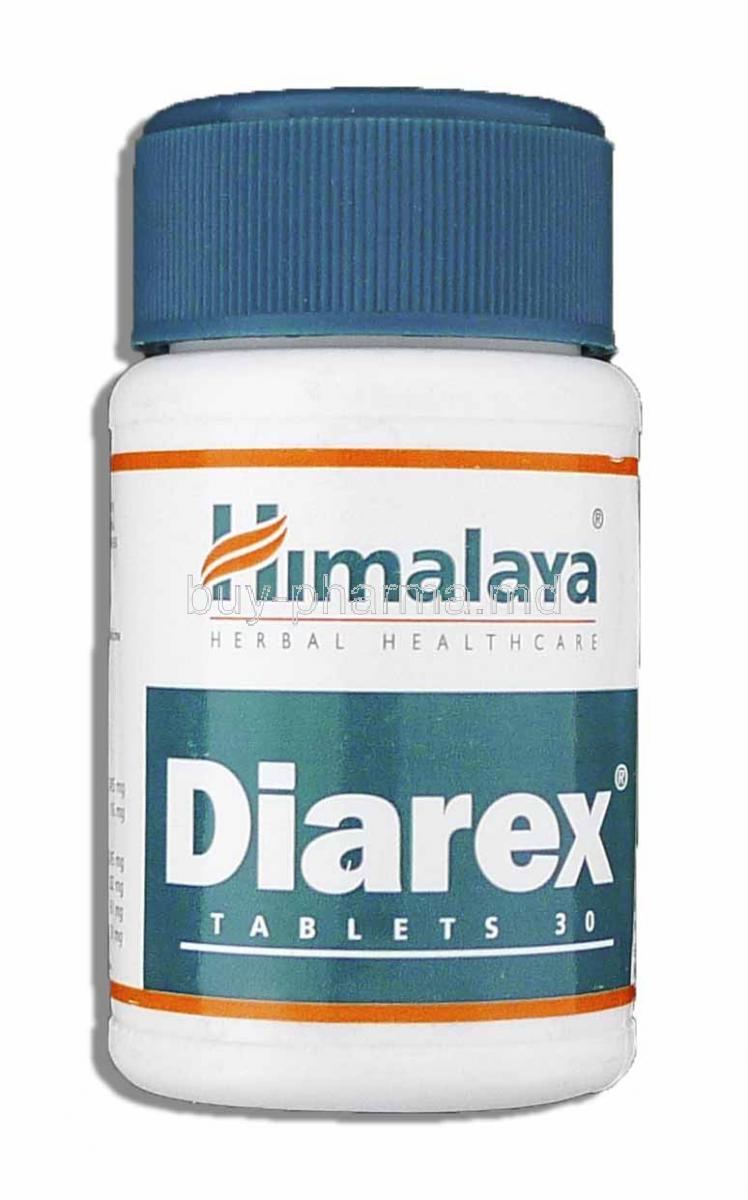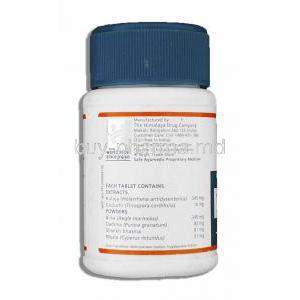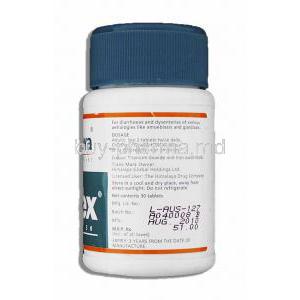Himalaya Diarex for Diarrhea
- 1. Introduction to Himalaya Diarex
- 2. Diarex tablet uses
- 3. Off-Label and Alternative Uses of Diarex
- 4. Composition and Active Herbal Ingredients
- 5. Mechanism of Action: How Himalaya Diarex Works
- 6. Diarex Dosage
- 7. Diarex tablet side effects
- 8. Common Side Effects and Patient Feedback
- 9. Drug and Herb Interactions with Diarex
- 10. Contraindications and Use Restrictions
- 11. Warnings and Important Precautions for Safe Use
- 12. Guidelines for Careful Administration
- 13. Special Considerations: Use in the Elderly
- 14. Use During Pregnancy and Lactation
- 15. Pediatric Use and Administration to Children
- 16. Overdose Risk and Management
- 17. Handling and Storage Instructions
1. Introduction to Himalaya Diarex
Himalaya Diarex is a herbal gastrointestinal formulation rooted in the principles of Ayurveda, a traditional system of medicine that has been practiced for centuries in India. It is specifically designed to combat various forms of diarrhea while promoting digestive wellness through natural plant-based ingredients.
The product is available in two primary formulations: tablets and syrup. This allows for ease of administration in both adults and children, making it versatile for home and clinical settings.
Himalaya Diarex serves as a multifaceted digestive aid, contributing not only to symptomatic relief from diarrhea but also to the restoration of gut flora and intestinal integrity.

2. Diarex tablet uses
Supportive Treatment for Acute and Chronic Diarrhea:
Diarex is frequently utilized to control diarrhea caused by various reasons and aids in decreasing occurrences and enhancing the texture of stool. The Antispasmodics and carminative agents in Diarex are known for their ability to ease discomfort and pain linked with diarrhea.
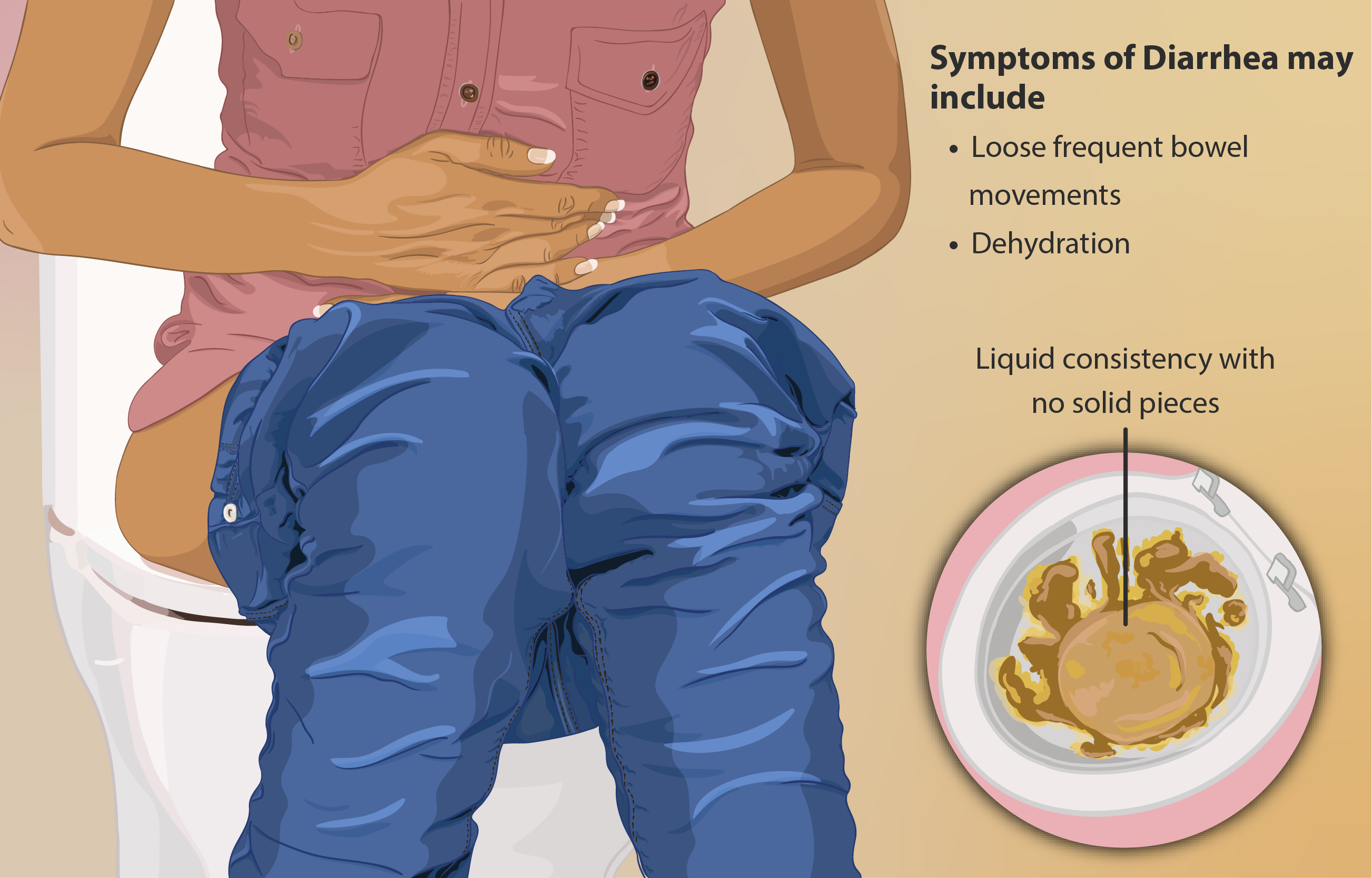
Adjunctive Use in IBS:
Diarexin typically includes components such as Bael fruit, known for its healing properties in gut ailments and its capacity to impede the development of bacteria. It is commonly used in conjunction with therapies for bowel syndrome to relieve symptoms primarily associated with diarrhea.

Control of Gastrointestinal Infections:
Diarex contains ingredients like Coneru (Kutaja) and Bael (Bilva), which are known for their antimicrobial and astringent properties, potentially effective against infections. With antimicrobial herbs, Diarex is helpful in combating pathogens associated with gastrointestinal disturbances.

Post-Antibiotic Gut Flora Restoration:
After finishing a course of antibiotics, Diarex is helpful in restoring the balance of gut bacteria and alleviating symptoms related to dysbiosis.
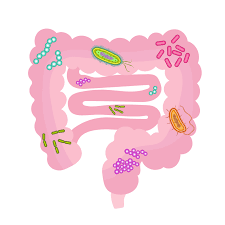
3. Off-Label and Alternative Uses of Diarex
- Traveler's Diarrhea Prevention: Diarex is sometimes used prophylactically by travelers heading to high-risk areas for foodborne illnesses.
- Supportive in IBD: Although not a primary treatment, it may provide symptomatic relief in ulcerative colitis and Crohn's disease.
- Digestive Detox Support: In holistic wellness circles, Diarex is valued as part of gastrointestinal cleansing regimens.
4. Composition and Active Herbal Ingredients
Himalaya Diarex features a potent blend of Ayurvedic herbs known for their gastrointestinal benefits:
- Kutaja (Holarrhena antidysenterica): Renowned for its strong anti-diarrheal and antimicrobial activity.
- Bilva (Aegle marmelos): Acts as an astringent and digestive tonic, reducing intestinal inflammation and restoring mucosal health.
- Additional Ingredients: Herbs like Musta (Cyperus rotundus) and Daruharidra (Berberis aristata) further enhance its anti-inflammatory and gut-soothing properties.
The synergistic action of these ingredients provides a comprehensive solution for diarrhea and associated gastrointestinal imbalances.




5. Mechanism of Action: How Himalaya Diarex Works
Diarex operates through multiple pharmacological pathways:
- Antimicrobial Activity: Suppresses the growth of diarrhea-causing pathogens including bacteria and protozoa.
- Anti-Inflammatory and Astringent Effects: Reduces swelling in the gut lining and helps bind loose stools by contracting intestinal tissues.
- Motility Regulation: Modulates peristalsis to normalize bowel movements without inducing constipation.
- Toxin Neutralization: Helps cleanse the digestive tract by adsorbing toxins and preventing further irritation.

6. Diarex Dosage
- Adults: Typically 1-2 tablets twice daily or 10 ml of syrup after meals, as prescribed.
- Children: Dosage is age and weight dependent, generally 5 ml of syrup twice a day.
- Duration of Use: Usually administered until symptoms subside, often within 2-5 days.
- Additional Tips: Ensure adequate fluid intake to prevent dehydration. Diarex may be taken with food for better absorption and tolerance.
7. Diarex tablet side effects
Himalaya Diarex is generally well-tolerated due to its natural herbal composition. However, like all therapeutic agents, some users may experience mild side effects:
- Gastrointestinal Discomfort: Rare cases of bloating or constipation have been reported.
- Nausea: Occasionally observed in sensitive individuals.
- Allergic Reactions: Though uncommon, hypersensitivity to specific herbs may occur, presenting as a skin rash or itching.

8. Common Side Effects and Patient Feedback
Clinical and anecdotal data suggest that adverse effects are rare and typically mild:
- Frequency: Less than 5% of users report any side effects.
- Resolution: Most symptoms resolve spontaneously without discontinuation.
- Patient Tips: Starting with a lower dose and observing for tolerance can mitigate any mild discomfort.
9. Drug and Herb Interactions with Diarex
- Antibiotics and Antifungals: May potentiate or mildly interfere with herbal action; advisable to space dosing intervals.
- Other Herbal Remedies: Combining with similar astringent or antimicrobial herbs should be monitored to avoid excess potency.
- Digestive Aids: Safe to use alongside probiotics, oral rehydration salts (ORS), and mild antacids, with appropriate spacing between doses.
10. Contraindications and Use Restrictions
11. Warnings and Important Precautions for Safe Use
Several precautions should be considered to ensure safe and effective use of Diarex:
- Autoimmune Gastrointestinal Conditions: Patients with conditions such as celiac disease, inflammatory bowel disease (IBD), or autoimmune enteropathy should use Diarex only under medical supervision due to the potential for immune modulation by herbal constituents.
- Not a Rehydration Substitute: In cases of moderate to severe diarrhea, Diarex should be accompanied by appropriate oral rehydration solutions (ORS) to address fluid and electrolyte losses.
- Electrolyte Monitoring: Persistent diarrhea, even when treated with Diarex, may result in electrolyte imbalances. Users should monitor for signs such as weakness, dizziness, or irregular heartbeat.

12. Guidelines for Careful Administration
Personalized administration is critical, especially in vulnerable populations:
- Start Low in Sensitive Individuals: Initiating treatment with a lower dosage is advisable in patients with heightened gastrointestinal sensitivity or prior intolerance to herbal products.
- Multiple Comorbidities: Patients with diabetes, kidney disease, or cardiovascular disorders should use Diarex with caution, as interactions with existing treatments may occur.
- Symptom Monitoring: If diarrhea persists or worsens after three days of use, discontinuation and reassessment by a healthcare provider are essential.
13. Special Considerations: Use in the Elderly
Geriatric patients present unique challenges in herbal therapy:
- Adjusted Dosing: Due to age-related declines in metabolism and excretion, lower initial doses may be required to avoid accumulation and toxicity.
- Hydration Monitoring: Elderly individuals are particularly susceptible to dehydration, necessitating close attention to fluid and electrolyte balance during diarrheal episodes.
- Polypharmacy Risks: As seniors are often on multiple medications, it is important to assess the risk of drug-herb interactions, especially with antihypertensives, diuretics, and antiplatelets.
14. Use During Pregnancy and Lactation
While traditionally used in Ayurveda, modern clinical data on Diarex's safety in pregnancy and lactation is limited:
- Pregnancy: Animal studies and traditional knowledge suggest relative safety, but absence of robust human data necessitates caution. Use only if clearly needed and under medical supervision.
- Lactation: The excretion of herbal components into breast milk is not well studied. A risk-benefit assessment should be conducted before use in nursing mothers.
- Hormonal Effects: Some herbs may have mild hormonal activity; therefore, monitoring for changes in menstrual or lactational patterns is advisable.

15. Pediatric Use and Administration to Children
Diarex syrup and tablets can be used in children, with careful adherence to dosage recommendations:
- Minimum Age: Typically recommended for children over 2 years of age for syrup and over 5 years for tablets, unless otherwise advised by a pediatrician.
- Pediatric Indications: Used in cases of functional diarrhea, mild gastrointestinal infections, or post-antibiotic recovery in children.
- Administration Tips: Mixing the syrup with a small amount of juice or water can improve palatability. Consistent scheduling enhances compliance.
16. Overdose Risk and Management
Although rare, excessive intake of Diarex can lead to complications:
- Symptoms of Overdose: May include severe constipation, abdominal cramping, nausea, or in rare cases, toxic liver reactions depending on the individual's sensitivity.
- Emergency Protocol: In the event of suspected overdose, discontinue use immediately. Seek urgent medical evaluation, particularly if symptoms are progressive or severe.
- Long-Term Effects: Chronic overuse may disrupt gut flora balance or lead to dependency in bowel regularity. It is not meant for prolonged unsupervised use.
17. Handling and Storage Instructions
Proper handling ensures the integrity and efficacy of Diarex formulations:
- Storage Conditions: Store in a cool, dry place away from direct sunlight. Ideal storage temperature ranges between 15°C and 25°C (59°F to 77°F).
- Shelf Life: Tablets generally have a longer shelf life than syrup. Check the expiration date on the packaging and discard expired products.
- Handling Precautions: Close the bottle tightly after each use to avoid moisture ingress. Use a clean spoon or dispenser for syrup to prevent contamination.
Himalaya Diarex for Diarrhea FAQ
- Is Himalaya diarex good for loose motion?
- What is Himalaya Diarex syrup used for?
- How do you take Diarex tablets?
- How many times can you take diarrhea tablets?
- How do you use anti diarrhea?
- Is Himalaya diarex good for loose motion?
- What is Himalaya Diarex syrup used for?
- How do you take Diarex tablets?
- How many times can you take diarrhea tablets?
Is Himalaya diarex good for loose motion?
The Himalaya Diarex Tablet is a trusted remedy for diarrhea. It is often used to alleviate symptoms like stools and stomach cramps associated with the condition. It is effective in treating both short-term and long-term cases of diarrhea and can be used alongside other treatments for amoebiasis.
What is Himalaya Diarex syrup used for?
The Himalaya Diarex Syrup is great for people facing short —or long-term digestion issues like diarrhea and amoebiasis, or for those seeking support for irritable bowel syndrome.
How do you take Diarex tablets?
Take 1–2 tablets twice daily
How many times can you take diarrhea tablets?
8 tablets or capsules in 24 hours
How do you use anti diarrhea?
For adults and teenagers: Take 4 mg (equivalent to 2 tablets of medicine) after the episode of bowel movement and follow with 4 mg (equivalent to 3 tablets of medicine) after each subsequent loose bowel movement, post the first dose is consumed.
Is Himalaya diarex good for loose motion?
The Himalaya Diarex is a diarrhea medication frequently utilized to alleviate symptoms linked to diarrhea, like watery stools and stomach discomfort or cramps. It aids in handling both sudden and ongoing cases of diarrhea while also serving as a supporting treatment for amoebiasis ailments.
What is Himalaya Diarex syrup used for?
The Himalaya Diarex Syrup can be quite helpful for people facing both short-term and long-term diarrhea issues or those seeking support for managing irritable bowel syndrome.
How do you take Diarex tablets?
Take 1–2 tablets twice daily
How many times can you take diarrhea tablets?
8 tablets or capsules in 24 hours

